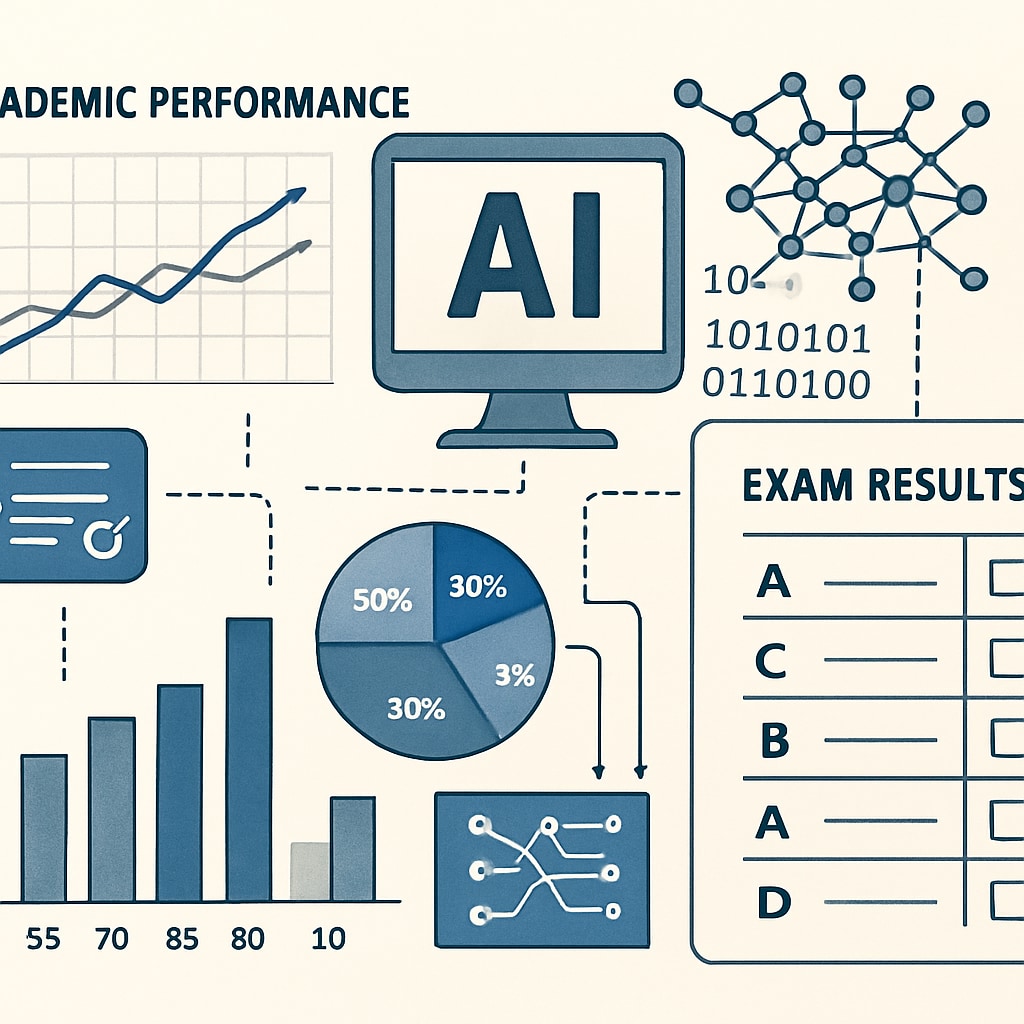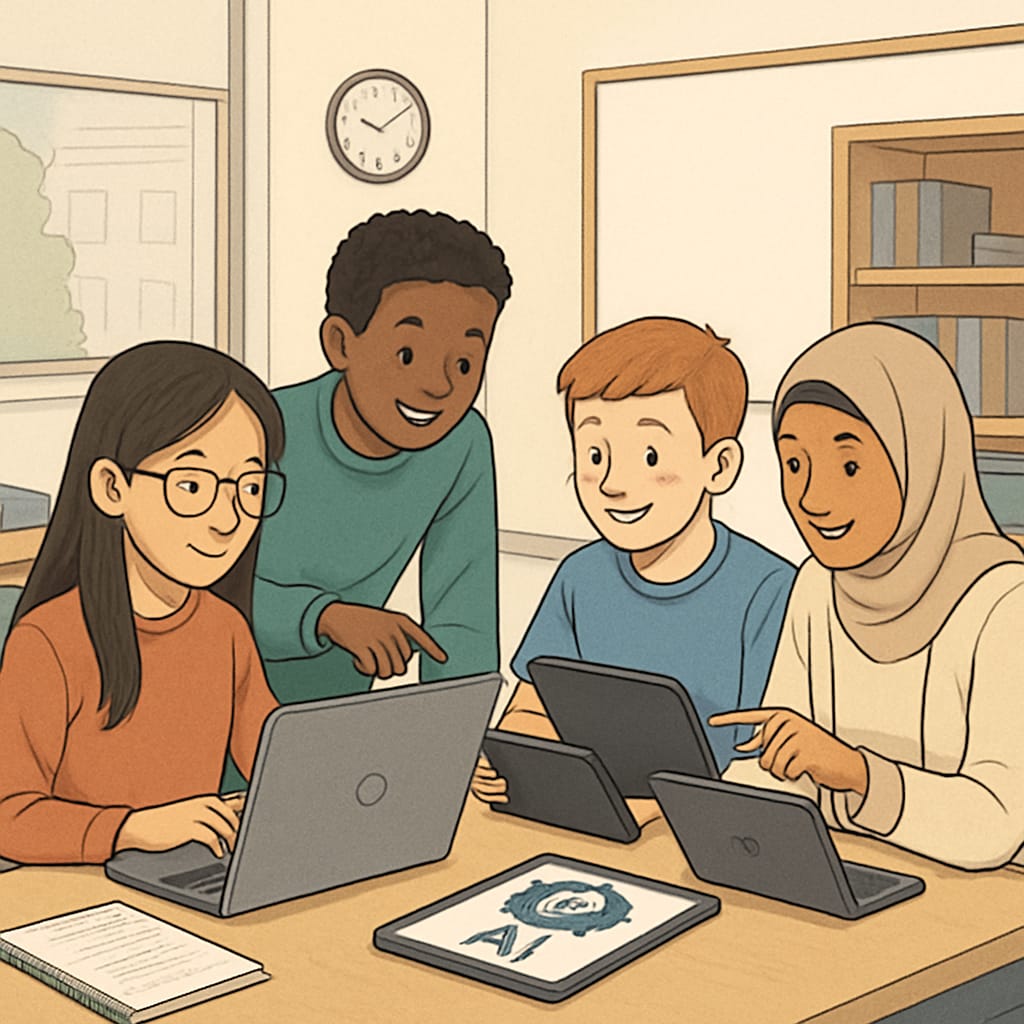Artificial intelligence (AI) is rapidly transforming multiple industries, and its influence on education and talent selection cannot be overstated. Traditional competitive exams, once the cornerstone of identifying top talent, are now facing unprecedented challenges. The conventional framework struggles to evaluate the skills necessary for an AI-driven world, particularly innovation, creativity, and adaptability. This article explores the limitations of traditional exams in the AI era and proposes strategies to reshape talent evaluation systems in K12 education and beyond.
Limitations of Traditional Competitive Exams in the AI Era
For decades, competitive exams have been designed to assess rote memorization, problem-solving ability, and theoretical knowledge. However, these metrics often fail to identify the kind of talent that thrives in an AI-driven environment. With AI systems capable of solving complex problems and automating tasks, traditional exams no longer serve as a reliable predictor of success in modern fields.
For example, AI tools such as ChatGPT (developed by OpenAI) or advanced machine learning algorithms can solve mathematical problems, write coherent essays, and even generate creative ideas. This raises a critical question: How can exams distinguish between human ingenuity and machine efficiency? Furthermore, the reliance on standardized testing may inadvertently discourage creative thinking, a skill that is indispensable in the AI age.

The Need for a Paradigm Shift in Talent Evaluation
To address these challenges, a paradigm shift in talent evaluation is imperative. Modern education systems must evolve to prioritize skills that AI cannot easily replicate, such as emotional intelligence, critical thinking, and ethical reasoning. Additionally, assessments must go beyond static examinations and incorporate performance-based evaluations, collaborative projects, and real-world problem-solving tasks.
One promising approach is the integration of adaptive learning platforms that leverage AI to tailor assessments to individual students. These platforms analyze a student’s strengths and weaknesses, offering a more personalized evaluation of their capabilities. Another strategy involves introducing project-based learning, where students are assessed on their ability to apply knowledge creatively and collaboratively.
Proposed Strategies for K12 Education Reform
To prepare students for the demands of the AI era, K12 education systems must embrace the following reforms:
- Incorporating AI Literacy: Teach students the fundamentals of AI, including its potential and limitations, to ensure they can interact effectively with AI tools.
- Emphasizing Soft Skills: Develop emotional intelligence, teamwork, and communication skills through group activities and social-emotional learning programs.
- Integrating Real-World Challenges: Encourage students to solve practical problems through interdisciplinary projects that mimic workplace scenarios.
- Continuous Assessment: Replace one-time exams with ongoing evaluations that track a student’s progress over time.
These reforms not only align with the skills required in the modern workforce but also ensure a more holistic approach to talent selection.

Challenges in Implementing New Evaluation Models
While the need for reform is evident, implementing new evaluation models is not without challenges. Resistance from educators and institutions accustomed to traditional methods is a significant hurdle. Additionally, the integration of AI tools into classrooms requires substantial investment in infrastructure and teacher training.
Another concern is ensuring fairness in assessments. As AI tools are introduced, educators must address biases in algorithms and ensure that assessments are equitable across diverse student populations. Policymakers must also establish clear guidelines to protect student data and privacy when AI systems are involved.
Conclusion: Building a Future-Ready Talent System
The rise of artificial intelligence marks a turning point for competitive exams and talent selection. Traditional methods, rooted in static assessments, are no longer sufficient to identify the skills needed in an AI-driven world. By embracing innovative evaluation models, integrating AI literacy, and prioritizing creativity and critical thinking, education systems can better prepare students for the future.
As we navigate this transformative era, collaboration between educators, policymakers, and technologists will be essential in creating a talent selection system that values human ingenuity alongside AI advancements. The journey to reform is challenging but necessary to ensure that the next generation is equipped to thrive in an ever-evolving world.
Readability guidance: This article uses short paragraphs, clear transitions, and lists to summarize key points. It maintains an active voice and limits the use of technical jargon to enhance readability.


